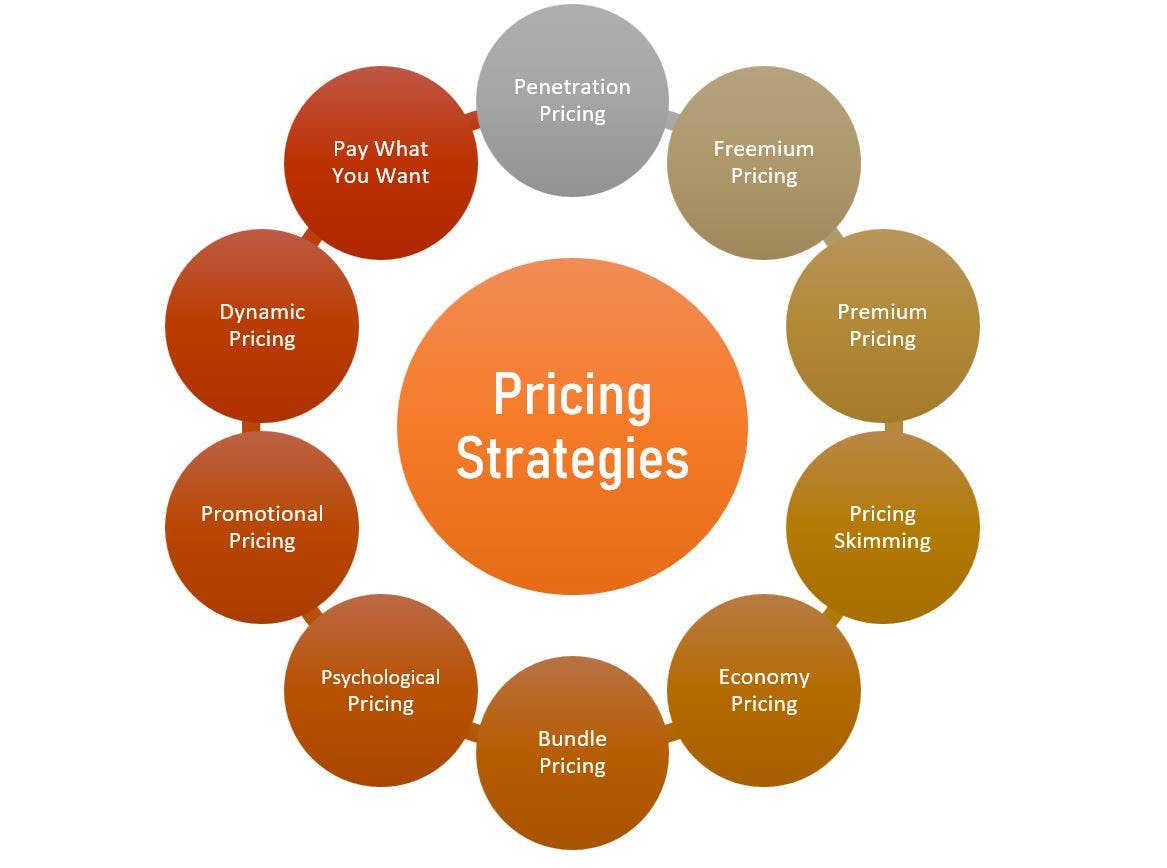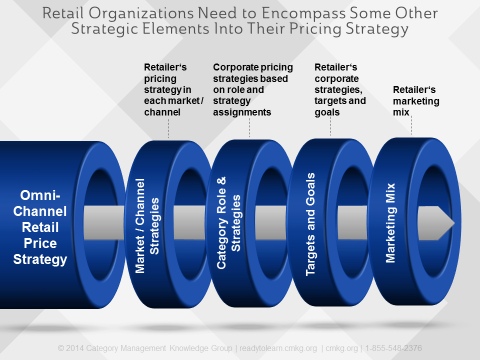Why Flexibility is Critical in Developing Your Pricing Strategy
Why Flexibility is Critical in Developing Your Pricing Strategy
Blog Article
Optimize Income With Proven Prices Approach Methods
Methods such as value-based rates, dynamic pricing, and detailed market analysis can significantly improve a firm's economic efficiency. Recognizing consumer perception and leveraging information analytics for nimble prices adjustments are vital components of this technique.
Understanding Client Perception
Comprehending consumer assumption is important for establishing reliable pricing strategies. It influences exactly how consumers evaluate an item's worth, high quality, and general good looks. Organizations need to acknowledge that consumers often base their willingness to pay not solely on the item's innate features but likewise on psychological factors, consisting of brand name online reputation, social condition, and viewed shortage.

Furthermore, business must take into consideration the duty of prices psychology, such as charm rates or rate anchoring, which can significantly impact client behavior. Recognizing these perceptions allows companies to frame their rates methods in a fashion that lines up with customer assumptions while maximizing earnings.
Incorporating client assumption into pricing strategies not only help in establishing affordable prices yet additionally cultivates brand commitment, as customers really feel recognized and valued. Ultimately, a nuanced understanding of client assumption can result in sustainable revenue development and improved market positioning.
Studying Market Trends
To create an efficient prices strategy, examining market trends is essential for services wanting to stay affordable. Recognizing the characteristics of market changes enables business to make enlightened decisions concerning prices changes, product launches, and resource allowance - Pricing Strategy. By monitoring customer actions, economic signs, and industry growths, organizations can recognize patterns that notify their rates structures
Key elements to think about when assessing market fads consist of demand elasticity, seasonal changes, and arising technologies. Need flexibility helps services determine exactly how rate changes may influence customer buying choices. Seasonal trends can offer understandings into optimum rates during height and off-peak durations, allowing for tactical discounting or advertising prices. Additionally, maintaining an eye on technical innovations can aid identify potential risks or chances that can affect pricing strategies.
Using data analytics devices can enhance the accuracy of pattern evaluation, offering beneficial understandings that facilitate dexterous decision-making. Companies should likewise take into consideration conducting normal market study to confirm presumptions and adapt to evolving customer preferences. By leveraging these insights, businesses can not only enhance their pricing strategies but also enhance their total market placement, making sure lasting earnings and development.
Competitive Rates Strategies
An affordable rates technique is vital for services aiming to obtain an edge in a jampacked marketplace. By assessing competitors' prices structures and market positioning, business can tactically set their prices to bring in clients while maintaining profitability. This strategy calls for a comprehensive understanding of both the competitive landscape and consumer assumptions of worth.
One reliable technique is rate matching, where a company offers to defeat a competitor or match's price. This technique can enhance client loyalty and encourage sales, particularly in price-sensitive markets. Furthermore, penetration pricing can be utilized to capture market share by originally establishing rates lower than rivals, luring customers to attempt the item and fostering brand awareness.
In addition, organizations can implement psychological pricing techniques, such as prices items simply below a rounded number (e.g., $9.99 instead of $10 - Pricing Strategy.00) This can create the assumption of a far better bargain, affecting consumer actions
Eventually, an effective affordable prices strategy balances the requirement to continue to be attractive to clients while guaranteeing that the prices design straightens with the business's general purposes. On a regular basis evaluating and adjusting rates in response to market shifts and click here now rival activities is necessary for continual success.
Value-Based Rates Techniques
Value-based rates strategies concentrate on establishing rates primarily based on the regarded value of a product and services to the customer, instead of exclusively on manufacturing prices or competitor prices. This method needs a deep understanding of customer requirements, choices, and the distinct advantages that the product and services deals. By recognizing the details worth drivers that resonate with consumers, companies can create prices techniques that mirror the true worth of their offerings.
To execute value-based rates properly, business have to participate in thorough marketing research, consisting of client surveys and emphasis teams, to gather understandings into consumer perceptions. Furthermore, services must sector their consumer base to tailor pricing strategies that align with various worth perceptions across segments.
Interaction plays a critical role in value-based rates; firms should express the unique value proposal clearly to justify the price point. Continuous examination and change are vital, as client understandings of value may move over time due to market dynamics or competitive activities. By prioritizing worth in Full Article rates methods, companies can improve client contentment, improve loyalty, and ultimately enhance income.
Dynamic Prices Designs

Dynamic pricing leverages innovative algorithms and data analytics to keep an eye on competitor rates, consumer habits, and supply degrees. By dynamically adjusting costs, companies can maximize profits, maximize profit margins, and respond quickly to modifications in the industry. As an example, airlines typically employ this version to readjust ticket prices based upon factors like staying seats, time up until departure, and rival pricing.
Nevertheless, the execution of dynamic pricing should be approached with caution. Transparent interaction with clients is necessary to preserve count on and stay clear of perceptions of unjust pricing practices. Additionally, organizations need to make certain that their rates formulas are not extremely complex or opaque, as this can result in client frustration.
Eventually, when executed thoughtfully, vibrant rates models can offer services with a considerable competitive advantage, allowing them to maximize market chances while providing to consumer assumptions in a rapidly transforming economic landscape.
Verdict

Methods such as value-based rates, dynamic prices, and complete market analysis can substantially enhance a business's monetary performance. Seasonal fads can offer understandings into optimum pricing during peak and off-peak periods, enabling for tactical discounting or marketing pricing.Dynamic rates leverages innovative algorithms and information analytics to check competitor prices, customer behavior, and stock levels. By recognizing client perception, analyzing market patterns, and applying competitive prices techniques, companies can successfully align their pricing with customer expectations. In addition, value-based prices and vibrant rates designs make it possible for companies to react agilely to market changes.
Report this page